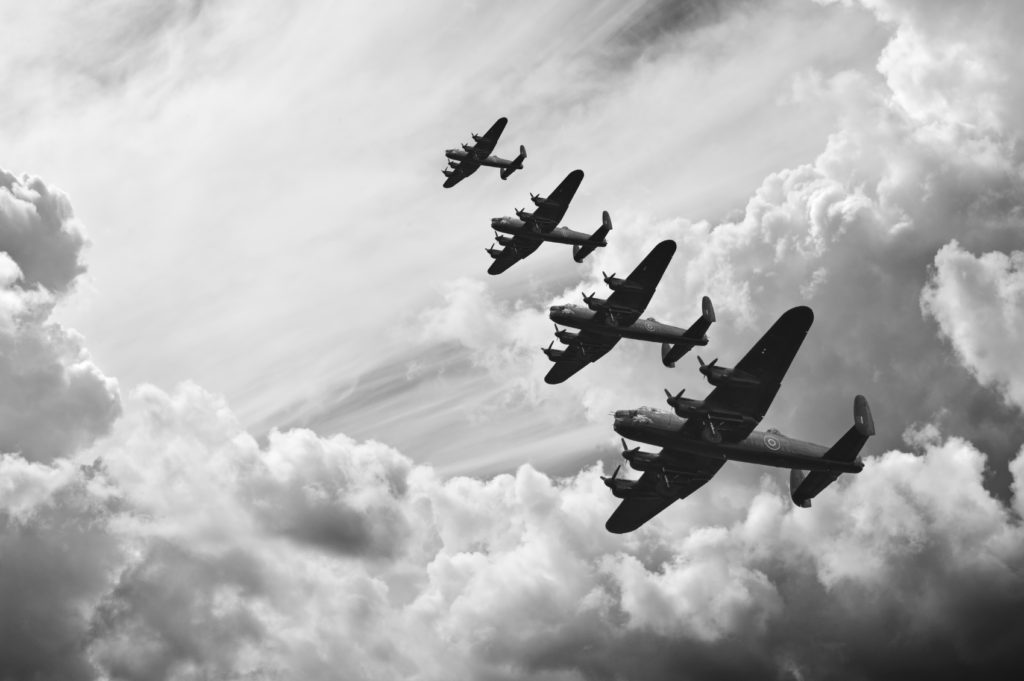Table of Contents
Japanese Internment
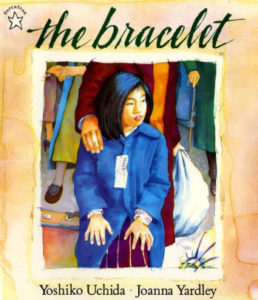 |
In Yoshiko Uchida’s picture book The Bracelet (Puffin, 1996), it’s 1942 and all Japanese-Americans – including seven-year-old Emi and her family – are being herded into internment camps. Before Emi leaves, her best friend Laurie gives her a bracelet to remember her by. An appendix explains the historical context and mentions the reparations eventually made to the Japanese-American internees. For ages 5-9. |
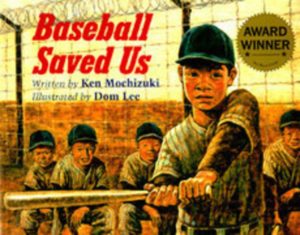 |
In Ken Mochizuki’s award-winning picture book Baseball Saved Us (Lee & Low, 2009), a young Japanese-American boy is sent with his family to an internment camp during World War II and finds that his skill at baseball helps him cope with captivity and prejudice. For ages 6-10.
|
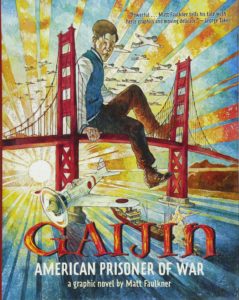 |
By Matt Faulkner, Gaijin: American Prisoner of War (Little, Brown, 2019) is the graphic-novel story of Koji Miyamoto, half white and half Japanese. Shunned by his American classmates, who suspect him of being an enemy spy, Koji and his mother are forced into an internment camp, where neither is the mixed-race Koji accepted by the Japanese. For ages 8-12.
|
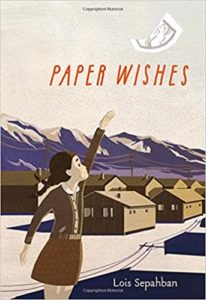 |
By Lois Sepahban, Paper Wishes (Farrar, Straus & Giroux, 2016) is set on Bainbridge Island in 1942, after the attack on Pearl Harbor, when Manami and her Japanese-American family are sent to a prison camp in the desert. Which means leaving their dog, Yujin, behind. Guilt-ridden Manami loses her voice in the camp, but sends written paper messages on the wind, hoping they will help Yujin find the way home. For ages 9-12.
|
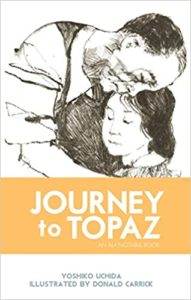 |
By Yoshiko Uchida, Journey to Topaz (Heyday, 2015), based on Uchida’s own childhood experience, is the story of eleven-year-old Yuki and her family’s life in a bleak World War II prison camp. A tragic and heartfelt story of a shameful event in American history. For ages 9 and up. |
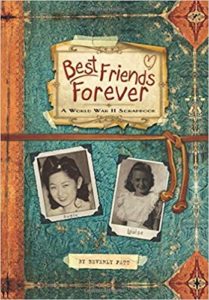 |
Beverly Patt’s Best Friends Forever: A World War II Scrapbook (Two Lions, 2015) is a scrapbook started by 14-year-old German-American Luise Kessler, when her best friend, Dottie Masuoka, is sent to a Japanese internment camp. The collage style scrapbook includes both events in Louise’s life and Dottie’s letters and drawings from the internment camp. For ages 9-12.
|
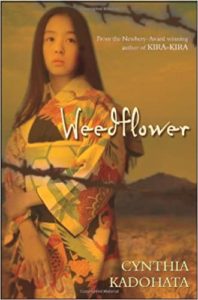 |
In Cynthia Kadohata’s Weedflower (Atheneum, 2009), 12-year-old Sumiko and family have been forced to sell their California flower farm and relocated to a makeshift internment camp on a Native American reservation in the Arizona desert. Sumiko eventually finds hope by creating a garden and through her friendship with a young Mojave boy. Readers will find parallels between the injustice of the treatment of the World War II Japanese-Americans and that of the Native Americans. For ages 11 and up. |
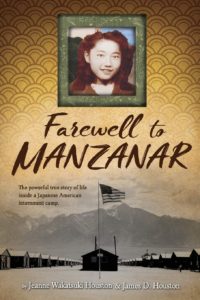 |
Jeanne Wakatsuki Houston’s Farewell to Manzanar (Houghton Mifflin Harcourt, 2017) is a memoir of life in a Japanese internment camp – where the author, then aged seven, was sent with her family in 1942. For ages 12 and up. |
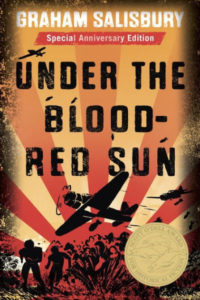 |
In Graham Salisbury’s Under the Blood-Red Sun (Ember, 2014), Pearl Harbor has been attacked by the Japanese and Tomi’s Japanese-born family has been arrested. The first of a series about Japanese-Americans in World War II for ages 12 and up.
|
|
There are movie versions of both Farewell to Manzanar (1976) and Under the Blood-Red Sun (2014). Not rated. |
|
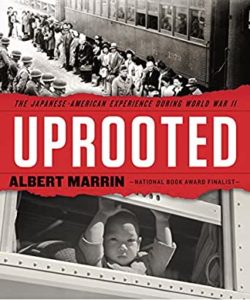 |
Albert Marrin’s Uprooted (Knopf, 2016), illustrated with period prints and photographs, is a nonfiction history of the experience of Japanese-Americans in World War II, introduced in the context of the history of Japan and its relationship with the West. An interesting read for ages 12 and up.
|
|
See History.com for information on Executive Order 9066 and the Japanese interment, along with a gallery of images. |
